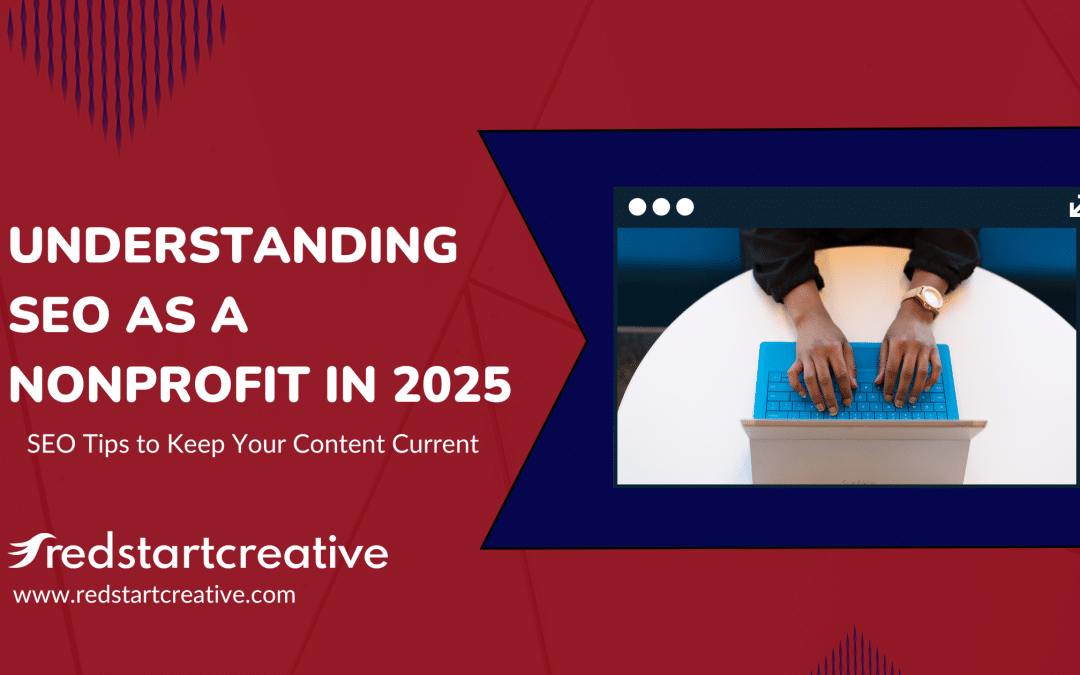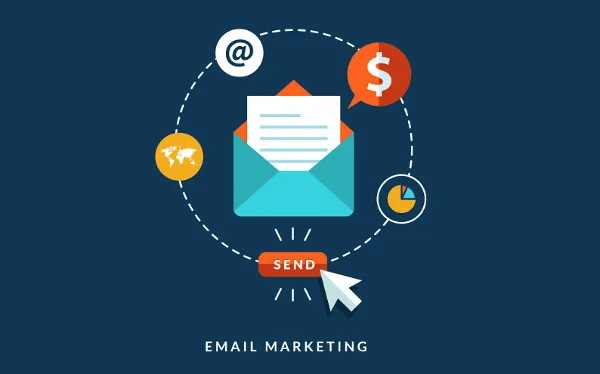Do you feel overwhelmed when it comes to using content to get more eyes on your nonprofit? With so many different social media platforms and the addition of Reels and Stories it’s easy to feel the need to be a content creating machine. What you actually need is a few really great pieces of content that can be shared in different ways.
Your organization is likely to have an annual report, a website, and collateral that explains who you are and what you do. You have a staff of experts who have years of experience that they share in blog posts and newsletters. You have clients who have success stories and testimonials that sing your praises. Every organization has a wealth of information that can be repurposed on social media and content atomization is key to simplifying content marketing.
Content atomization is the practice of breaking down one broader theme or more massive piece of content into smaller, focused, and more strategic content elements. The biggest benefit of content atomization is that it saves you time, it also improves your SEO, gives you repurposing opportunities, and increases your engagement.
Many people fear they will oversaturate their audience by sharing the same content re-purposed in different forms. This fear often leads to inconsistent marketing efforts and little return on investment. Research shows that your followers only see between 1% and 3% of your content. We also know that people generally have to see something 5 times before they take action. This means that instead of feeling like you need to create a massive amount of content to keep your audience engaged you only need to create rich content and atomize it.
Ways to Atomize Your Content
Create posts that tell people who you are and what you do. Many times organizations forget that all of the people that find you online don’t actually know what you do. Maybe, they are learning about you for the first time. Maybe, they have only known you for one specific service. It’s always a good idea to regularly create general posts that tell people who you are, what you do, who you do it for, and why it matters. You can repurpose this content from your website, printed materials, or your annual report.
Another way to talk about what you do is to share your services. Create posts using the content from your website or collateral to talk about the benefits of each service and link back to your website. These posts give people specific information and a link to find out more.
Share your impact. People will donate to your organization if they feel like they can be a part of the impact you are making. Use your client stories, testimonials, and numbers from your annual report to show your audience that your nonprofit is making a difference in their community. Showing the human side of what you do will make people feel more connected to your mission and using numbers or infographics will resonate with people on a different level.
Share your expertise. You have everything you need to inform your audience about the problem that your nonprofit solves and become the go-to experts in your community. A nonprofit’s newsletter and blog posts are written by those who are experts in their field and have valuable information to share. Take excerpts from these pieces of rich content and create new posts to share on social media.
Try something new
Often, the hardest part of creating new content is deciding what to say. With content atomization, you already have the themes or topics you need to try in a different format. Reels, Stories, podcasts, and videos give us an opportunity to reach new audiences by delivering our content in different ways.
Video content can be shared on multiple platforms like Facebook, your website, and YouTube where you can use keywords to reach potential new donors. You can also use QR codes integrated into your direct mail to give your audience an interactive experience. You can use your blog for themes and make a corresponding video that can also be edited into small soundbites for Stories and Reels to create additional posts.
Written content complements audio and video well. You can easily take any video or audio and use a transcription service like REV to create a blog post infused with keywords to increase your SEO. Blog posts also make easily digestible content when broken down into bite-sized tips, insights, or quotes. These types of posts can be used to engage your audience and send them to the larger pieces of content on your website. If you don’t currently have video content to transcribe you can create new content by interviewing your staff on a topic of their expertise to create audio, video, and written content.
Audio content is a popular format for people who like to get their content on the go or have visual impairments. Audio can be easily created or extracted from a video. Audio can be shared independently or through a service that gives you searchability like Soundcloud, HelloAudio, or a hosted podcast.
These are some easy ways to create content for social media that engages and informs your audience using what you already have. We know that sometimes due to growth and changes in leadership your current content may not reflect who you are, what you do, and who you do it for. If you need help creating a compelling message and strategy for your nonprofit we can help.



